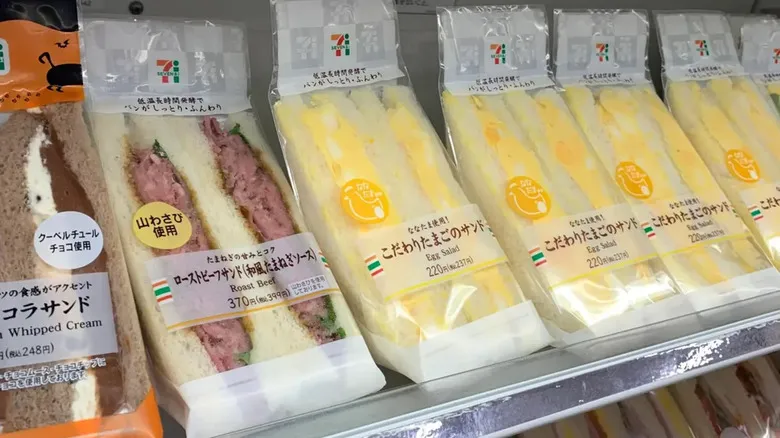The secrets of Kewpie mayo
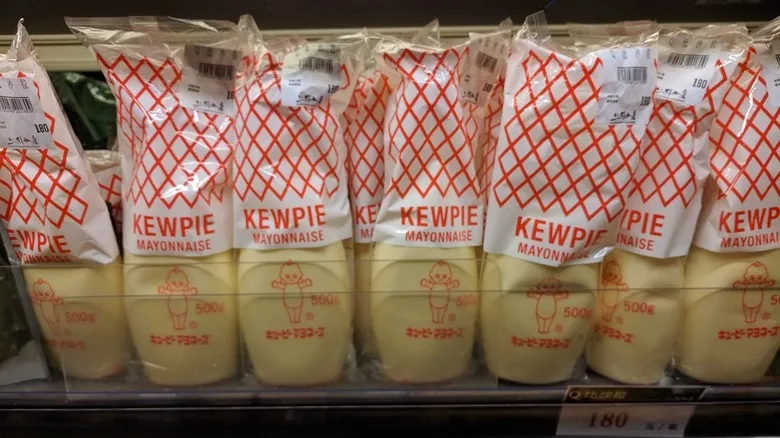
Kewpie mayonnaise was the first mass-produced mayonnaise in Japan, effectively introducing the nation to this popular condiment. Founded in 1925 by Toichiro Nakashima, the company was shaped by his unique values that distinguished his product from others. Observing the significant influence of Western culture on the fashion preferences of Japanese students, Nakashima foresaw that this trend would soon permeate Japanese cuisine as well.
A strong proponent of health and wellness, Nakashima aimed to create a more nutritious alternative to traditional Western mayonnaise. To accomplish this, he crafted Kewpie mayo using only egg yolks, in contrast to other brands that incorporate the entire egg. While egg whites are often viewed as the healthier option today, yolks are richer in vitamins, minerals, and protein by weight.
Although Nakashima's health-focused intentions were paramount, his choices ultimately enhanced the texture and flavor of Kewpie mayo. The exclusive use of egg yolks results in a custard-like creaminess, while the higher fat content contributes to an exceptionally rich mouthfeel. Additionally, the flavor of the egg is more pronounced, as Kewpie is made with a blend of rice vinegar, wine vinegar, and apple cider vinegar—much subtler alternatives to the white vinegar commonly used by American brands.
Why Kewpie is perfect for egg salad sandwiches
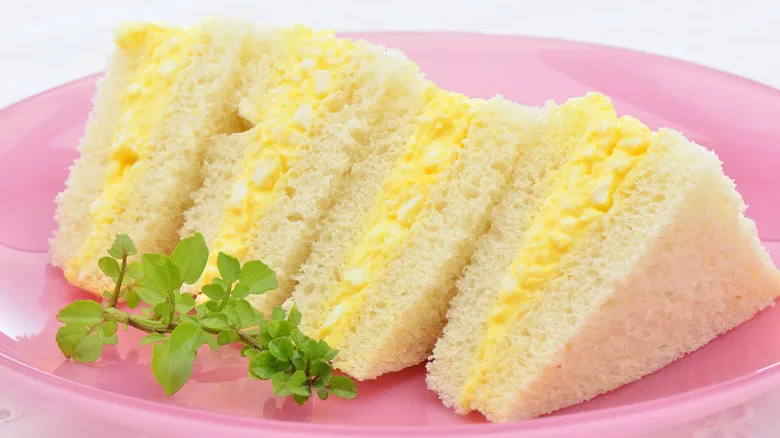
People can argue endlessly about the ideal amount of mayo to include in egg salad, but it's hard to dispute that Kewpie is the superior choice. Americans who travel to Japan and savor the famous 7-Eleven sandwiches often return home to find that their previous egg salad experiences just don't compare. Kewpie's rich, egg-forward flavor enhances the taste of the eggs, while many American brands can be overly acidic and mask their flavor. Additionally, Kewpie's creamy, fatty texture contributes to a more indulgent mouthfeel.
Another key ingredient in Kewpie is monosodium glutamate, or MSG, which adds a significant umami boost to egg salad that other mayonnaise brands lack. Unfortunately, a long-standing misconception about MSG being harmful—rooted in anti-Asian bias—has led to the American version of Kewpie being made with yeast extract instead. While this contains some natural glutamate, it doesn't match the levels found in MSG. The American variant also includes added sugar, further straying from the original recipe. As a result, replicating that authentic Japanese egg salad in the U.S. is a challenge. You might just need to book a flight to Tokyo.
Recommended
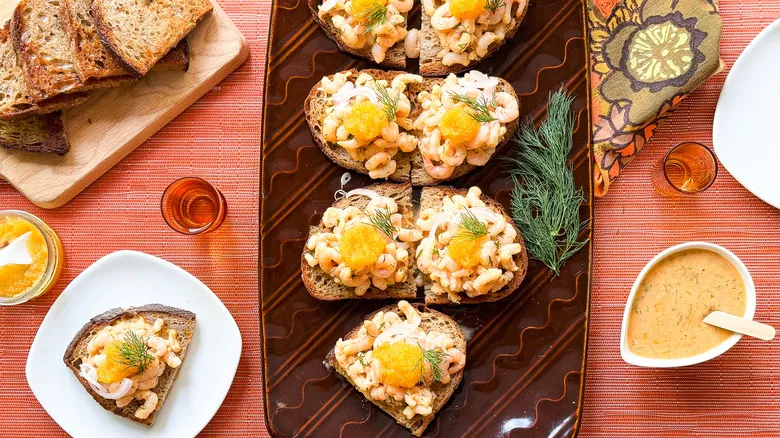
Shrimp Salad Toast Skagen Recipe
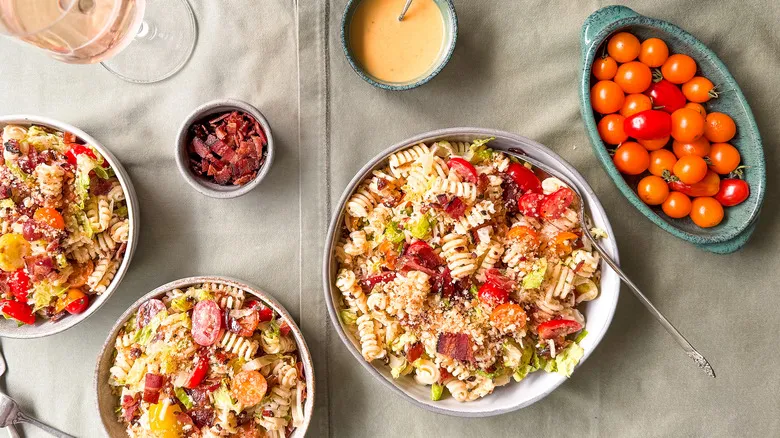
Over-The-Top BLT Pasta Salad Recipe
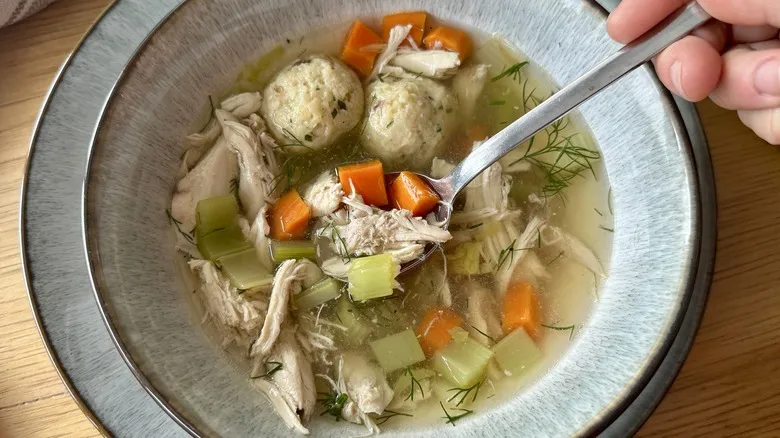
Classic Comforting Matzo Ball Soup Recipe
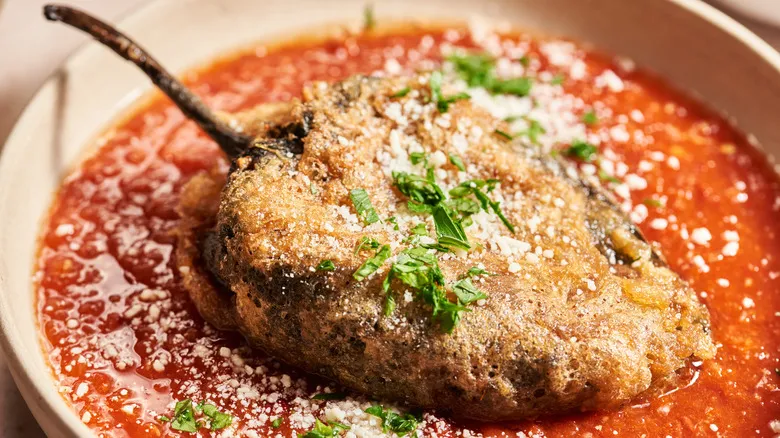
Classic Chiles Rellenos Recipe
Next up

